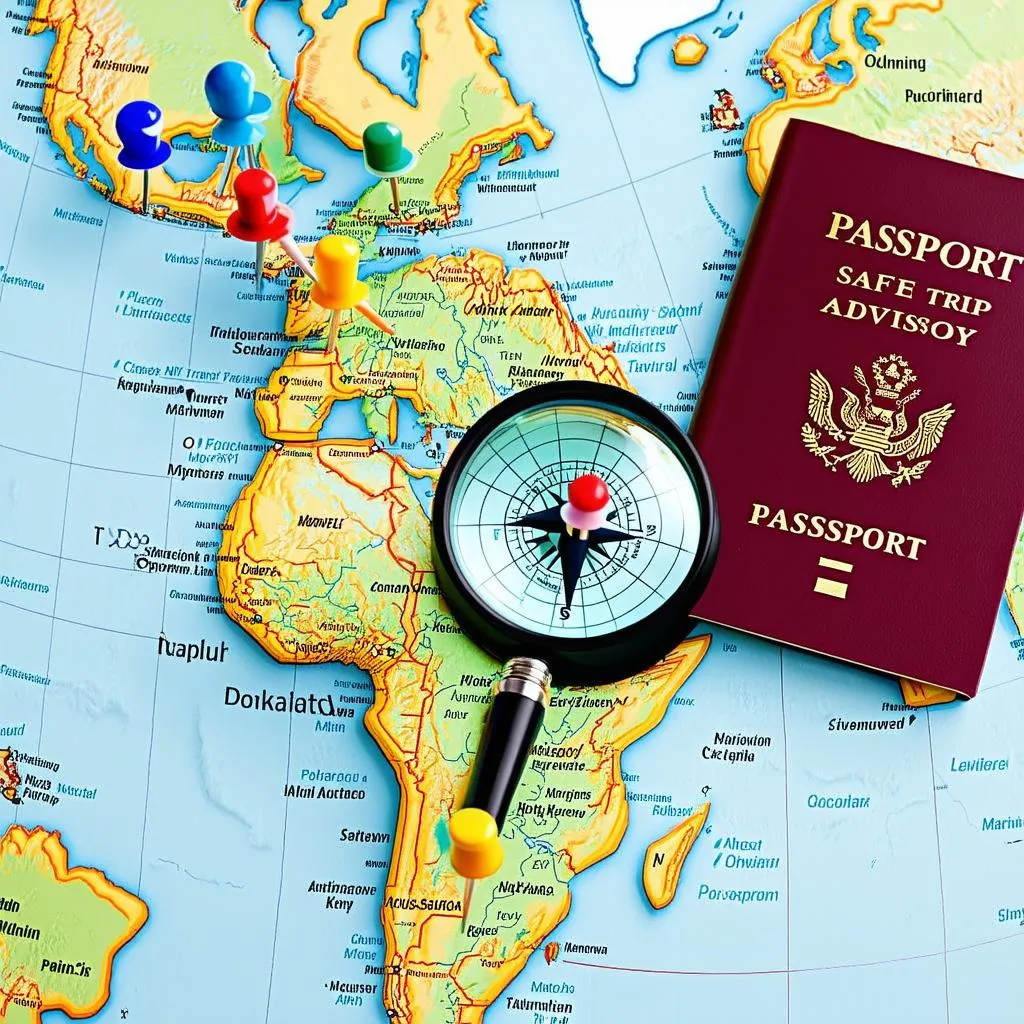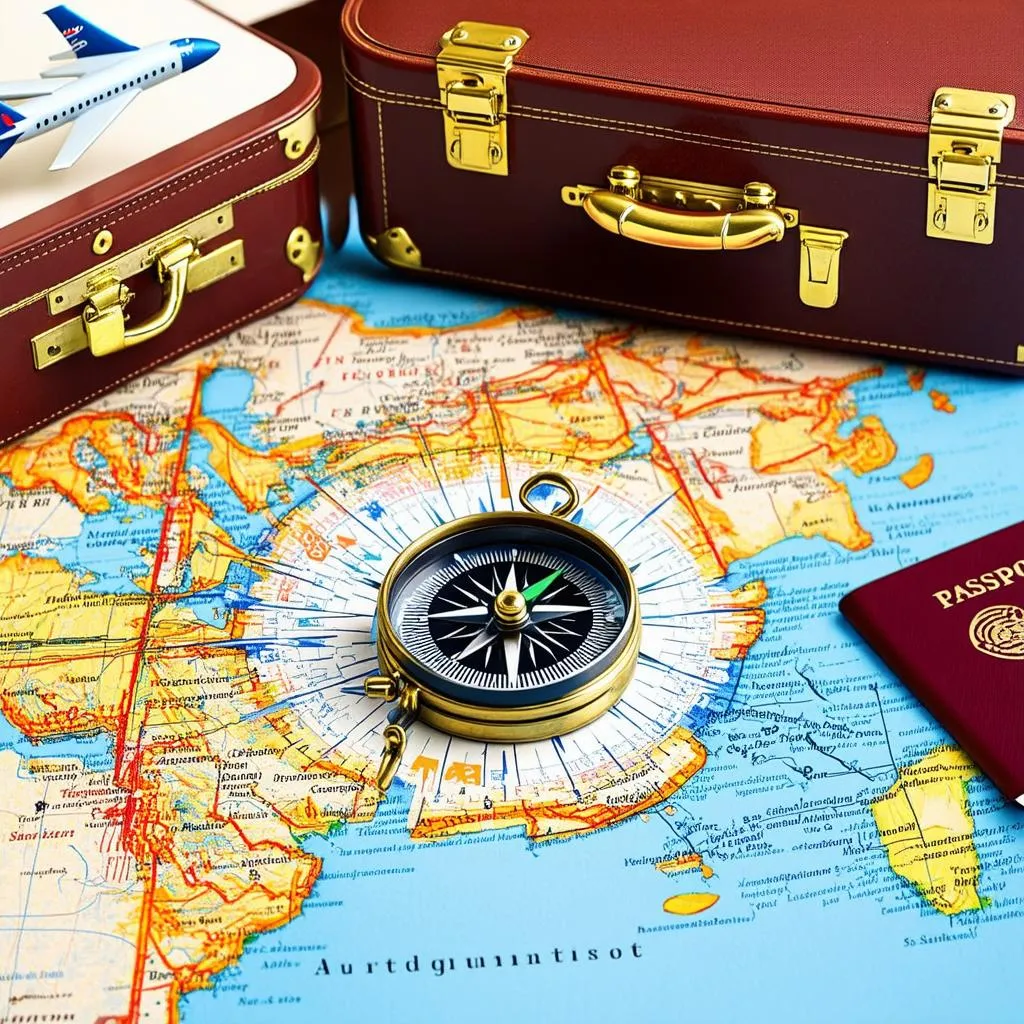Have you ever been swept up in the excitement of planning a trip, only to be met with a newsflash about travel advisories issued for your dream destination? Suddenly, that sense of adventure can give way to uncertainty and a whirlwind of questions. “What does this advisory even mean?”, “Should I cancel my trip?”, “How do I stay safe?”. We’ve all been there. Understanding travel advisories is crucial for any traveler, and that’s exactly what we’ll unpack in this comprehensive guide.
Deciphering Travel Advisories: Your Key to Safe Travels
Simply put, a travel advisory is an official notice issued by a government to provide its citizens with information about safety and security conditions in specific countries or regions. Think of it as a heads-up from your government to help you make informed travel decisions. These advisories are based on a variety of factors, including:
- Political stability and civil unrest: Are there any ongoing conflicts or political tensions in the region?
- Health risks: Are there any disease outbreaks or health concerns for travelers?
- Natural disasters: Is the region prone to earthquakes, hurricanes, or other natural disasters?
- Crime rates: What are the levels of crime targeted towards tourists?
- Terrorism: Is there a heightened risk of terrorism?
Levels of Travel Advisories: From Exercise Normal Precautions to Do Not Travel
Most countries use a tiered system to categorize the severity of the advisory. For instance, the U.S. Department of State uses four levels:
- Level 1: Exercise Normal Precautions: This is the lowest level, indicating that you should exercise the same level of caution you would in your home country.
- Level 2: Exercise Increased Caution: This level suggests a heightened risk of crime, terrorism, or civil unrest.
- Level 3: Reconsider Travel: This level signifies that serious risks are present, and you should reconsider your need to travel to the region.
- Level 4: Do Not Travel: This is the highest level, urging citizens to avoid travel to the region due to life-threatening risks.
How to Stay Updated on Travel Advisories
Staying informed is key! Here’s how:
- Visit your government’s official travel website: Bookmark the travel advisory section of your country’s official website (e.g., the U.S. Department of State’s website for U.S. citizens).
- Sign up for travel alerts: Subscribe to email or SMS alerts for your destination to receive real-time updates.
- Consult with a travel agent: Travel agents often have the latest information on advisories and can provide valuable advice.
Planning Your Trip? Essential Questions to Ask
Planning a trip is an exciting time, but it’s crucial to balance that excitement with informed decision-making. Here’s a checklist to guide you:
- What Is The Current Travel Advisory level for my destination? Start by checking the official government website for the latest information.
- What are the specific risks outlined in the advisory? Don’t just look at the level; delve into the details of the advisory to understand the nature of the risks involved.
- What precautions should I take based on the advisory? Each advisory will offer specific recommendations on safety measures to take, such as avoiding certain areas, registering with your embassy, or taking out travel insurance.
- What are my travel insurance options? Make sure your travel insurance covers you for any potential risks highlighted in the advisory.
- Am I comfortable with the level of risk? Ultimately, the decision to travel is personal. Weigh the risks and benefits carefully.
 Travel Planning Essentials
Travel Planning Essentials
Feng Shui and Travel: Harmonizing Your Journey
Feng Shui, the ancient Chinese art of harmonizing environments, can offer insightful perspectives for travelers. While travel advisories provide practical safety guidelines, Feng Shui encourages us to approach travel with mindful awareness and intention.
- Choosing a Destination: In Feng Shui, different compass directions are associated with specific energies. Researching the Feng Shui energy of your desired direction can add another layer of intention to your trip. For instance, traveling East is associated with new beginnings and family, while West represents adventure and creativity.
- Packing Mindfully: Packing can be more than just throwing clothes in a suitcase. Consider the energy you want to attract on your journey. Packing items in colors that resonate with your intentions can enhance your travel experience.
 Feng Shui Travel Compass
Feng Shui Travel Compass
Travel Smart, Travel Safe
Remember, travel advisories are just one piece of the puzzle. Coupled with your research, proactive planning, and a dash of mindful awareness, you can navigate the world with confidence and embrace the transformative power of travel. Happy exploring!
Do you have any questions about travel advisories or tips for staying safe while traveling? Share your thoughts and experiences in the comments below!
Want to learn more about navigating travel advisories and planning your next adventure? Check out these resources:
- Can a US Citizen Travel to Russia?
- What Does a Travel Advisory Mean?
- What is a Level 3 Travel Advisory?
- Are Americans Still Traveling to Russia?
- Can I Travel to Russia Now?
Explore more travel tips and insights on TRAVELCAR.edu.vn – your trusted source for all things travel!

